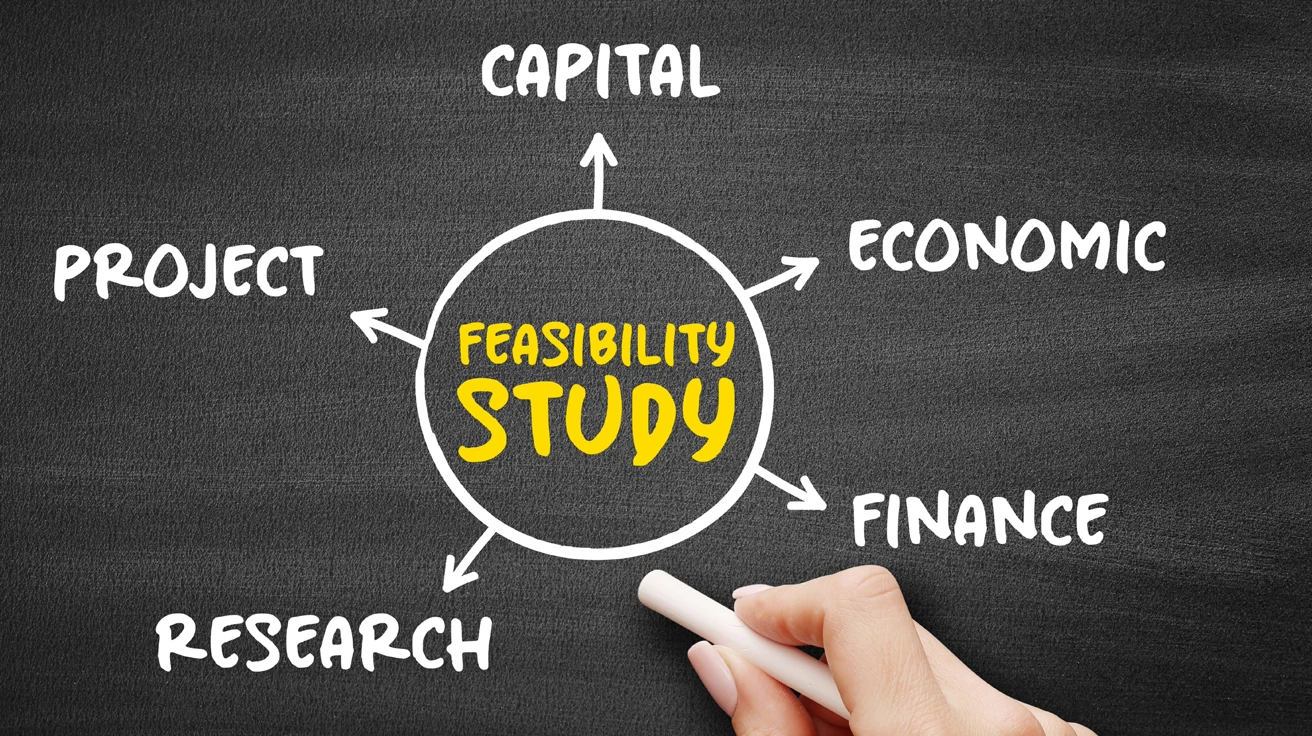
The Middle East and North Africa (MENA) region is a diverse and dynamic marketplace, with a unique blend of established industries like oil and gas alongside rapidly emerging sectors such as technology and renewable energy. As the MENA economies continue to evolve, understanding market trends in this region is crucial for investors, businesses, and policymakers alike. This article will provide a comprehensive market analysis of the MENA region, focusing on economic drivers, industry-specific trends, opportunities, and challenges.
Understanding the Key Economic Drivers
Natural Resources: Oil and Gas :
The MENA region has long been synonymous with oil and gas production, with countries like Saudi Arabia, UAE, and Iraq among the top global producers. Oil revenue remains a significant economic driver, funding numerous government projects and enabling substantial investments in infrastructure.
Diversification Efforts in the Region
In recent years, MENA countries have pursued economic diversification to reduce dependence on oil. Countries like the UAE and Saudi Arabia are investing heavily in tourism, technology, and financial sectors, aiming for long-term economic stability through projects like Saudi Vision 2030.
Foreign Investments and Economic Policies
With favorable economic policies, MENA countries have become attractive destinations for foreign investment. Initiatives like free zones in the UAE and tax incentives across the Gulf Cooperation Council (GCC) nations are drawing foreign companies and encouraging regional economic growth.
Sector-Wise Analysis of Market Trends
Energy and Natural Resources
While oil and gas are the backbone of the MENA economy, the demand for alternative energy sources is on the rise. Solar and wind energy projects are gaining traction, and governments are setting ambitious targets for renewable energy production.
Technology and Innovation
The tech sector in MENA is experiencing unprecedented growth. Startups in fintech, AI, and e-commerce are driving digital transformation. Governments are also fostering innovation through funding and regulatory support, especially in the UAE, which aims to be a global tech hub.
Real Estate and Construction
The MENA region is known for its ambitious real estate projects, including skyscrapers, luxury hotels, and smart city developments. This sector continues to expand, fueled by tourism and population growth, though it faces challenges from economic fluctuations.
Healthcare and Pharmaceuticals
Healthcare is one of the fastest-growing sectors in MENA, driven by population growth, rising health awareness, and government investment in healthcare infrastructure. Countries like Saudi Arabia and the UAE are leading the charge with robust healthcare policies.
Tourism and Hospitality
From the cultural allure of Egypt to the luxury of Dubai, tourism in MENA is thriving. Major events like Expo 2020 in Dubai and the development of entertainment zones in Saudi Arabia are boosting the hospitality industry across the region.
Retail and E-commerce
E-commerce in MENA is booming, spurred by high smartphone penetration rates and growing consumer preference for online shopping. Major players like Noon and Amazon are capitalizing on this trend, while local brands are also embracing digital platforms.
Emerging Market Trends in MENA
Green Energy Initiatives
As part of global sustainability efforts, MENA nations are investing in green energy projects. Solar farms in the deserts and ambitious wind projects signal a shift towards eco-friendly energy solutions.
Digital Transformation and E-commerce Growth
Digital transformation is reshaping the MENA market landscape, with e-commerce, digital banking, and cloud computing at the forefront. This transformation is creating new opportunities and reshaping customer expectations.
Infrastructure Development in Key Cities
Mega-projects like Saudi Arabia’s NEOM and Dubai’s advanced infrastructure projects are setting new standards for urban development, aiming to attract talent, businesses, and tourism to these futuristic cities.
Key Challenges Impacting MENA Market Growth:
Geopolitical Instability
The MENA region is marked by political complexities that can impact business operations. Conflicts and changing political dynamics pose risks for investors, particularly in volatile areas.
Dependence on Oil Revenues
Despite diversification efforts, several MENA economies still rely heavily on oil revenues. Any fluctuations in oil prices can have widespread economic effects, influencing both public spending and foreign investments.
Socioeconomic Factors and Workforce Development
With a young and growing population, the MENA region faces the challenge of creating jobs and developing a skilled workforce. Education and training programs are essential for building a competitive labor market.
Opportunities for Investors in MENA
Sectors with High Growth Potential
Industries such as technology, healthcare, and renewable energy are ripe for investment. MENA governments are actively encouraging foreign investment in these sectors with incentives and simplified regulations.
Government Initiatives to Attract Investment
Policies promoting free trade zones, reduced corporate taxes, and streamlined processes for setting up businesses make the MENA region increasingly appealing for foreign investors.
Competitive Advantage for Foreign Businesses
With strategic geographical positioning, MENA offers businesses an entryway to African, Asian, and European markets, allowing for expanded reach and operational efficiency.
The Role of Technology in Shaping MENA’s Future
Digital Payments and Fintech Growth
The fintech sector is transforming MENA’s financial landscape, with mobile banking and digital payment systems gaining popularity. This shift is enhancing financial inclusion and creating new business opportunities.
Smart Cities and IoT Adoption
With projects like Dubai’s Smart City initiative, MENA is pioneering the adoption of Internet of Things (IoT) technologies. These advancements are creating more efficient, sustainable urban environments.
Artificial Intelligence and Automation
AI is becoming an integral part of the MENA economy, influencing everything from customer service to logistics. This shift towards automation is expected to increase productivity and streamline operations.
Impact of Globalization on MENA Markets
Trade Agreements and Regional Partnerships
MENA countries are forming trade agreements to bolster their economies and reduce trade barriers. Partnerships with Europe, Asia, and North America are helping MENA nations diversify exports and attract foreign capital.
International Relations and Export Growth
Global trade dynamics play a crucial role in shaping the MENA economy. Export growth in sectors like agriculture, technology, and manufacturing is expanding MENA’s global footprint.
Future Market Predictions for MENA
Forecasts for Economic Growth
Economic growth in MENA is expected to remain robust, with emerging sectors like renewable energy, tech, and tourism leading the way. Diversification efforts are set to support sustained economic growth.
Sector-Specific Predictions
Technology, healthcare, and green energy are likely to be the fastest-growing sectors in the next decade. These industries are expected to attract substantial investment and foster innovation.
Role of Sustainability in Future Trends
As global awareness of climate change grows, sustainability will be a major focus for MENA markets. Initiatives in renewable energy, waste reduction, and water conservation will define the region’s future.
Conclusion
The MENA region presents a complex yet promising landscape for businesses and investors. While challenges like political instability and oil dependency remain, opportunities abound in sectors like technology, green energy, and healthcare. With ongoing diversification efforts, the future of the MENA market is expected to be one of growth, innovation, and sustainable development.
Post a comment Cancel reply
Related Posts
The Future of Shopping: UAE Consumer Behavior Trends for 2025
UAE Consumer Behavior is being transformed by emerging technologies, international trends, and evolving lifestyles as…
Importance of Product Testing in UAE for Business Success
Product Testing in UAE is quite simply the most critical process involved in developing and…
How Customer Satisfaction Surveys Can Transform Your Business
Customer satisfaction surveys are one of the best resources a company can utilize to…
Feasibility Analysis Study Cost: What Businesses Should Know
Feasibility Analysis Study is perhaps the most critical process for any company that would…







